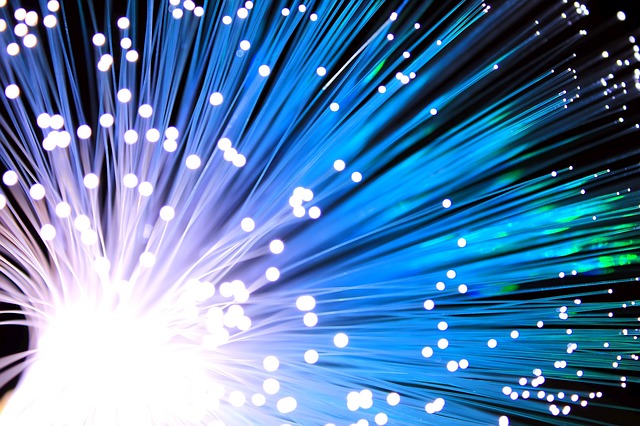
If switching to 4G from 3G was all about rationalising capacity by Indian telecom operators, 5G’s clarion call is fiberisation — and more fiberisation. Investment in fiberised backhaul infra, which provides unlimited capacity and higher speeds, has to gain further traction, if 5G is meant to become reality.
Lack of financial bandwidth and need for massive fiberisation investment will drive telcos to hive off assets, share networks, or diversify to play the 5G game
But fiberisation is expensive, it comes on top of spectrum costs that are sky-high at current prices. To boot, telcos are saddled with a staggering debt of ~Rs 4.3 lakh crore as of March 2019. That is why India is set to witness some tectonic shifts in the fiberisation landscape and the birth of new business models among telcos and tower companies around the launch of 5G.
Considering 5G technology, fiberisation levels of over 70%, versus 25-30% levels at present. CRISIL estimates that if each player were to reach this level individually, Indian telcos may need investments of up to ~Rs 1 lakh crore only in laying fibre networks over the next 2-3 years. Higher land cost and right of way approvals make fiberisation cost per km as high as ~Rs 1 crore per km in metros.
Then, there is also the spectrum purchase costs in the upcoming auctions to shell out. Already, the reserve price recommended by the Telecom Regulatory Authority of India (TRAI) for 5G spectrum bands is much higher than in countries like the United Kingdom or South Korea. How much money there is for investment is crucially linked to price-setting at the auctions.


